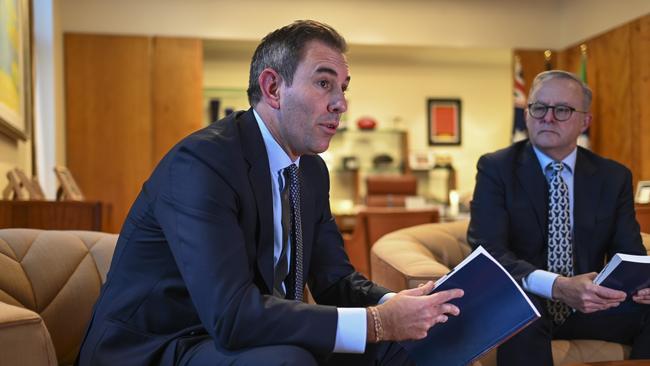
Budget statement four is often overlooked but it will show Chalmers is thinking beyond the horizon about changes that will significantly affect Australia’s economy and finances in future years with implications for public policy settings and future budgets.
The budget will examine three critical shifts: climate change and the decarbonisation of the economy; the growing care and support sector; and the expanding use of digital technology and data. These are all challenges faced by advanced economies. How they are dealt with will determine future growth, productivity and living standards.
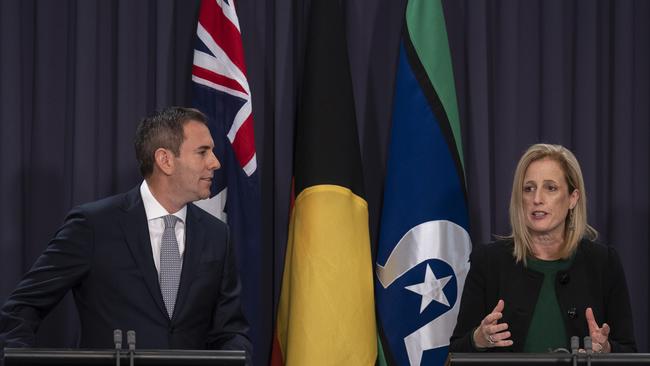
While much of the response to the warming of the planet has been about mitigating and adapting, the Albanese government is eager to exploit the opportunities of a shift to a net-zero emissions global economy. In many respects, such as the introduction of electric vehicles, we are well behind the rest of the world in seizing opportunities.
The fact Australia has abundant renewable energy sources, namely wind and solar, and large reserves of critical minerals means there is an opportunity to become a low-emissions energy superpower if we can harness the technologies, source the capital requirements, design the best regulatory framework and build a workforce of cleaner, greener, high-skilled jobs.
After 15 years of climate wars, with reversals of policy from both major parties, the Albanese government has legislated an emissions reduction target of 43 per cent on 2005 levels by 2030 and net-zero emissions by 2050. The latter target also was adopted by the Morrison government. The safeguard mechanism, designed to reduce pollution from large emitters, has won support from business and unions.
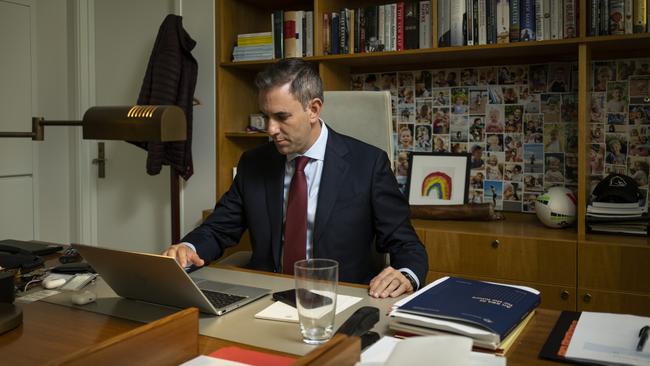
The rise of the data and digital-driven economy also is one of the substantial risks but one of the considerable opportunities, too, for Australia. Chalmers says that with the right regulatory settings and responsive institutions, coupled with a tech-savvy workforce, the productivity upside is considerable while the threats can be managed.
The advances in technology have enabled higher standards of living, created opportunities for high skilled and high-paid jobs, and have allowed businesses to become more efficient and productive. But the budget will make clear that not all of these benefits are being shared equally. The challenge is to harness these opportunities but ensure they are widely shared, with improved protections for consumers.
Australia has an ageing population and one of the fastest growing business and employment sectors has been caring for older people in their retirement years. The demand for workers across this sector has been a huge problem for providers and was made only worse by the pandemic. Chalmers recognises that the standard of care Australians expect also has risen.
The government has announced it will fund a 15 per cent pay increase for aged-care workers. Improving pay and conditions is critical in retaining and attracting this workforce. The Albanese government, which was elected on a promise to improve both working conditions and the standard of care, also is focused on training and recruitment. There is a critical shortage of aged-care staff.
There also are increased pressures on the health system and growing demand for childcare. With more women seeking education and employment opportunities, there has been an accelerated move towards formal paid care rather than unpaid care for the elderly and children. The employment challenges for the health sector and the childcare sector will increase in future years.
These structural shifts are not happening in isolation; they are inexorably linked. For example, there is huge potential for making better use of data and digital technology in the health and aged-care services sectors. Responding to climate change, and transitioning the economy away from fossil fuels, cuts across many areas of policy, from the energy market and manufacturing to infrastructure investment, skills and training policies and workplace relations.

When I interviewed Chalmers last week in his Parliament House office, he said managing Australia’s energy transition to a low-emissions economy would be one of the most significant things the Albanese government did. He compares it to the float of the dollar in the 1980s and universal superannuation in the 90s as a seminal economic change.
“If we want to grow our economy in the next generation, it will be determined by how we manage technology, how we manage the shift to the care economy and how we get this energy transformation right,” Chalmers said.
“So, in order to do that, you need your best people, the strongest possible institutions and the most considered policies.”
Strengthening institutions is another Chalmers mission. He says unless key economic bodies are maintained at “world’s best practice”, then they can suffer “institutional decay”. He already has announced major changes to the Reserve Bank of Australia and is reforming the structure and role of the Productivity Commission. The Intergenerational Report will be released every term rather than every five years. This was an election commitment by Chalmers. It provides another opportunity to look at long-term economic trends and adjust policy settings accordingly. The first IGR of this government will be released in the second half of this year.
The structural shifts challenging the Australian economy, which include climate change and decarbonisation, the use of data and digital technology, and the expanding care and support economy, are like a tidal wave we can see far out from shore but require action now. Budgets are plans for the next year but Chalmers is thinking a generation ahead.


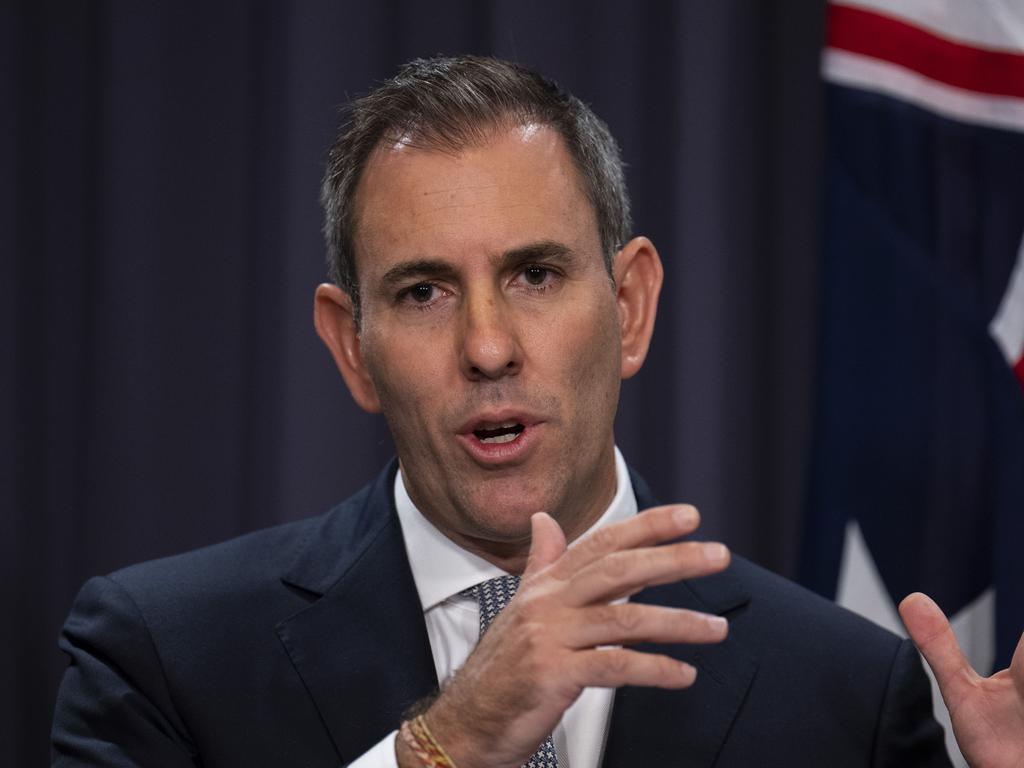
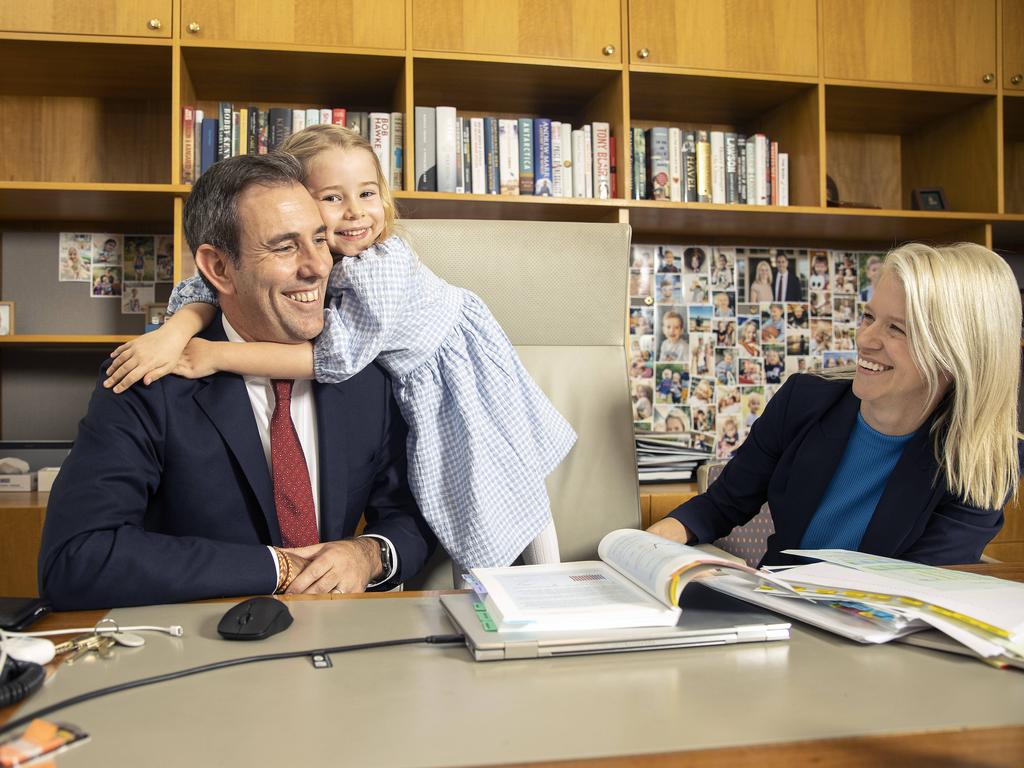
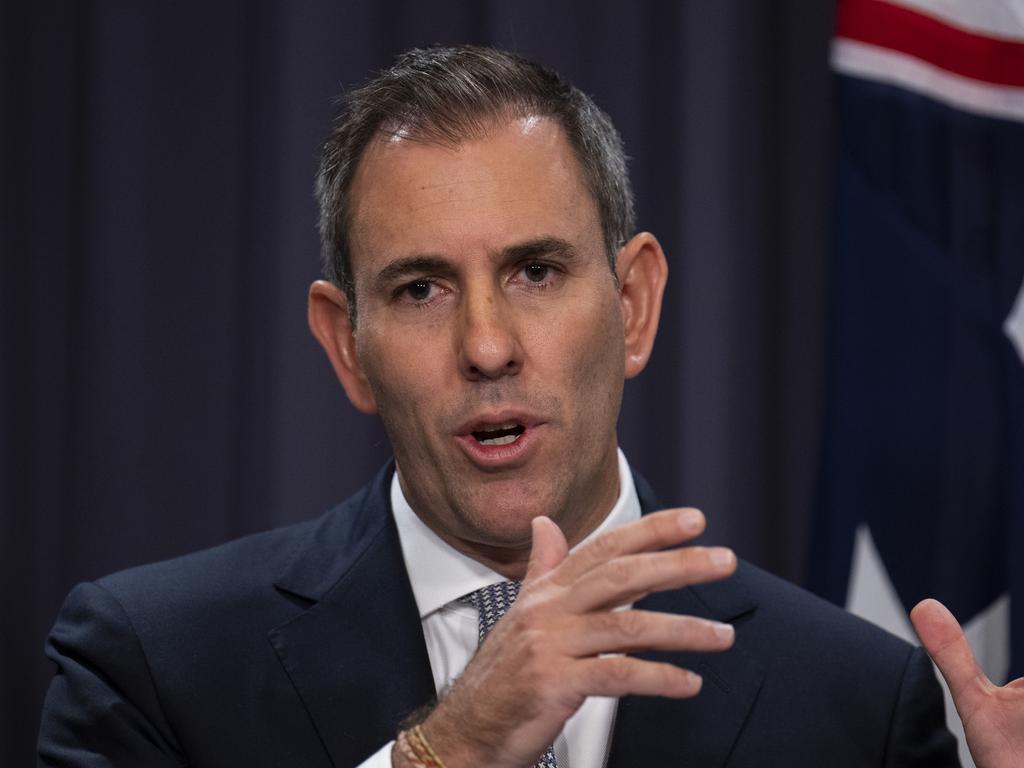



On Tuesday night, when Jim Chalmers delivers his second budget, the focus will be on the cost-of-living relief package, a possible return to surplus and forecasts for debt and deficit, and the economic outlook. But the budget also will spotlight three structural shifts shaping the economy and society.